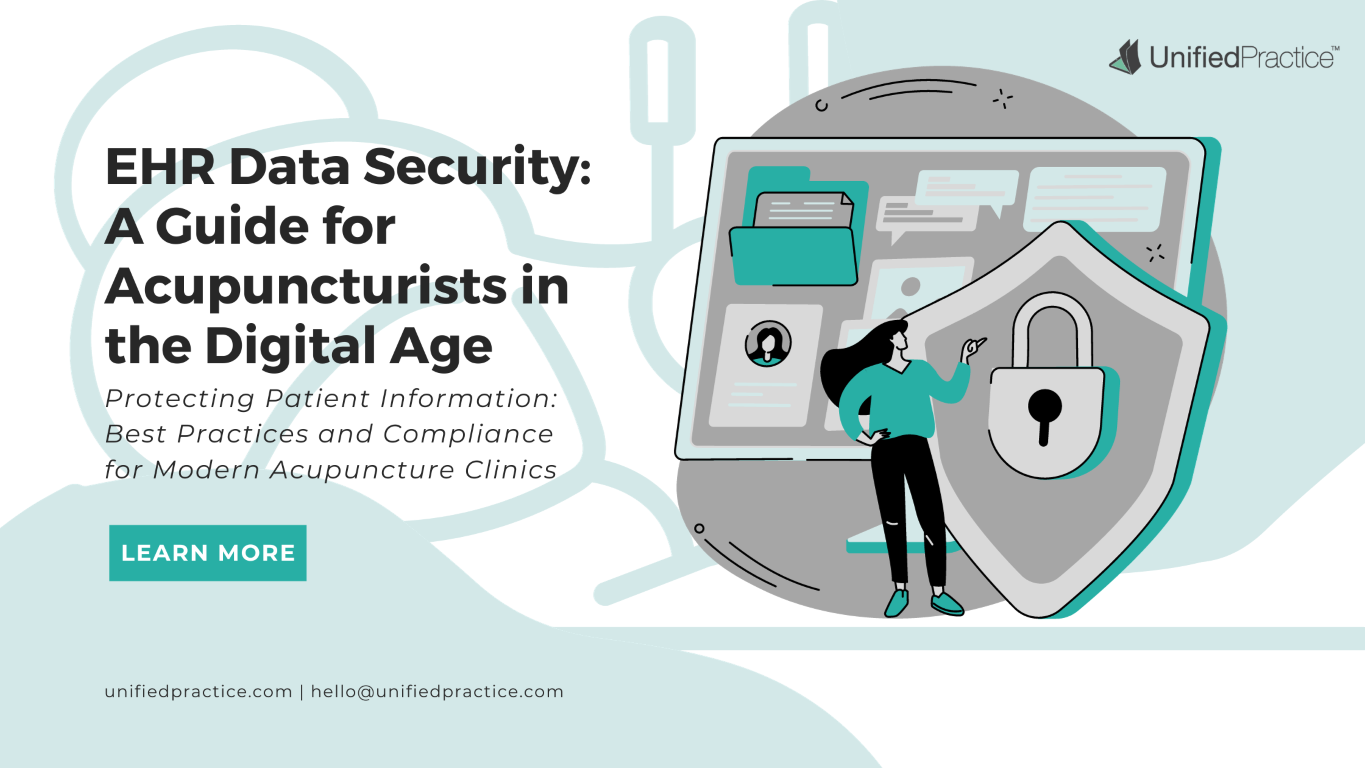Social media advertising is a great, relatively inexpensive way to raise awareness of your clinic and services to attract new customers. By digitally advertising on social media platforms, like Facebook and Instagram, you have the ability to make your target audience as small or as big as your budget allows, reaching people you wouldn’t have otherwise.
In fact, social media advertising is actually the cheapest form of advertising you can utilize right now. According to a recent comparison, advertising through direct mail, newspaper and radio placements can cost $57, $16 and $10 to reach 1,000 people whereas social media ads cost around $2.50 to reach 1,000 people. Social media advertising is not only cost effective but it’s agile. Depending on how your ad is performing, you can easily go into your ad account and stop and swap your ad or increase or decrease how much you’re spending.
If you’ve been intimidated by adding paid social to your marketing tactics, or just weren’t sure how to begin, this guide will help you get started:
Figure Out Your Goal
As you plan your marketing strategy, you should have a goal in mind of what you want to get out of your efforts. Before you even decide what platform(s) you are going to run your ads on or jump into designing, you need to decide what you want to get out of your campaign. There are 5 common paid social goals you can pick from to get you started:
Increase Engagement: If you’re looking for guidance on what your audience is interested in and what kind of content they like to engage with, then you may want to have the goal of increased engagement on your social media pages. Not only does this help inform your organic social strategy, it also helps you identify great topics for your blog that will lead to more comments, likes and shares.
Bring in New Patients: This is a popular goal for any business that is looking to target an audience that is the most likely to become invested in your brand and convert into a paying client. This is also a great goal if you’re promoting gated content — meaning, content you want people to complete an action (maybe that’s paying a fee or signing up for a newsletter) to access it.
Raise Awareness: The more your target audience learns about your treatments and expertise, the more likely they are to book an appointment. This is where repetition of your message becomes important and valuable.
Increase Traffic: If you’re looking to promote a new clinic or service, you’re going to want eyes on your homepage, services page, or blog that provides more information about you, your clinic, or your new service. With this goal in mind, you’ll see an uptick in pageviews and unique visitors to your website.
Make A Sale: If your goal is to see a lift in the purchase of a specific product or service, then this is the goal you’ll want to focus on. With this goal in mind, you can gauge interest from your target audience and promote any sales you may be running on a product or service.
Deciding on A Platform
Once you’ve determined what your goal is for your paid social campaign, you can then pick the platform you want to run these ads on. When deciding which platform(s) to use, ask yourself a couple of questions: What platforms are working for you organically? Is your target audience using this platform and are they consistently engaged? Will your ad type (video, image, gif, etc.) work with this platform? How big is my budget? Once you have the answers to those questions, you should be able to create a basic strategy of where your ads will be most effective.
Designing Your Ad
You don’t need to be a graphic design expert to make beautiful, compelling social media ads. There are online tools you can use that are either free or are cost effective and are user-friendly.
Design
We like using Canva as a design tool. Through Canva, you can easily select their “Facebook Ad” template and have a blank canvas in the exact size you need in order for your ad to be accepted by Facebook. They also have templates for Instagram, Twitter and Pinterest ads. Canva also gives you access to stock images and cartoon icons — some are free and some you need Canva Pro (the paid version of Canva) in order to use.
For stock images, you can also use Pexels, Unsplash, and Pixabay in addition to what Canva has to offer.
As you create your design, make sure you check out your platform’s specific guidelines for image size, text or character limits, and other rules you’ll have to follow to get your ad accepted by that platform.
Facebook Guidelines
Instagram Guidelines
Twitter Guidelines
Pinterest Guidelines
Probably the most important element of your ad is the copy you write to go along with it. Think of this as your “elevator pitch.” You need to clearly and effectively communicate your message while intriguing your audience enough they feel compelled to click the ad to learn more. This is where testing can come in handy.
If you have several options for copy (and extra budget), consider launching the same visual ad with different copy to get a better sense of what angle works best with your target audience. As you write copy, consider who your target demographic is and what you think will be most compelling to them. Since you face character limits with your ads, your copy needs to be direct. Don’t get lost in writing catchy or punny copy — your audience should be clear on what you’re offering them and how it’ll benefit them.
How to measure the effectiveness of your ad
There are three key performance indicators (KPIs) to consider when reviewing how your ads have performed.
Conversion Rate: Your conversion rate is the number of people who complete the action you wanted from your ad (download a whitepaper, book an appointment, subscribe to your newsletter, buy a product). This is important to look at because it tells you if your ads are relevant to your target audience; it helps indicate if you need to try something new or continue down the road you’re on.
Click-Through-Rate: Click-through-rate, or CTR, is the measuring of how many impressions (impressions are the people who had your ad delivered to their social feed — it is not action based,it is just the number of how many people might have seen your ad) your ad had divided by how many people clicked on your ad.
Cost- Per-Conversion: Cost-per-conversion, or CPC, is how much you paid for each person who converted (this is another reason having a goal for your ad campaign is important). To figure out your campaign’s CPC, you’ll divide how much money you spent on your campaign by how many people completed the intended action.
As you begin to create your paid social strategy, search around for examples of other company’s social media ads to help spark inspiration for how you want to approach your ads.
Learn more about streamlining your social media marketing at our marketing masterclass with Michelle Grasek on May 28, 2020 at 12pm ET. Register now, even if you can’t make it, we’ll send you a recording of the class.
Want more content like this? Sign up for our newsletter!




